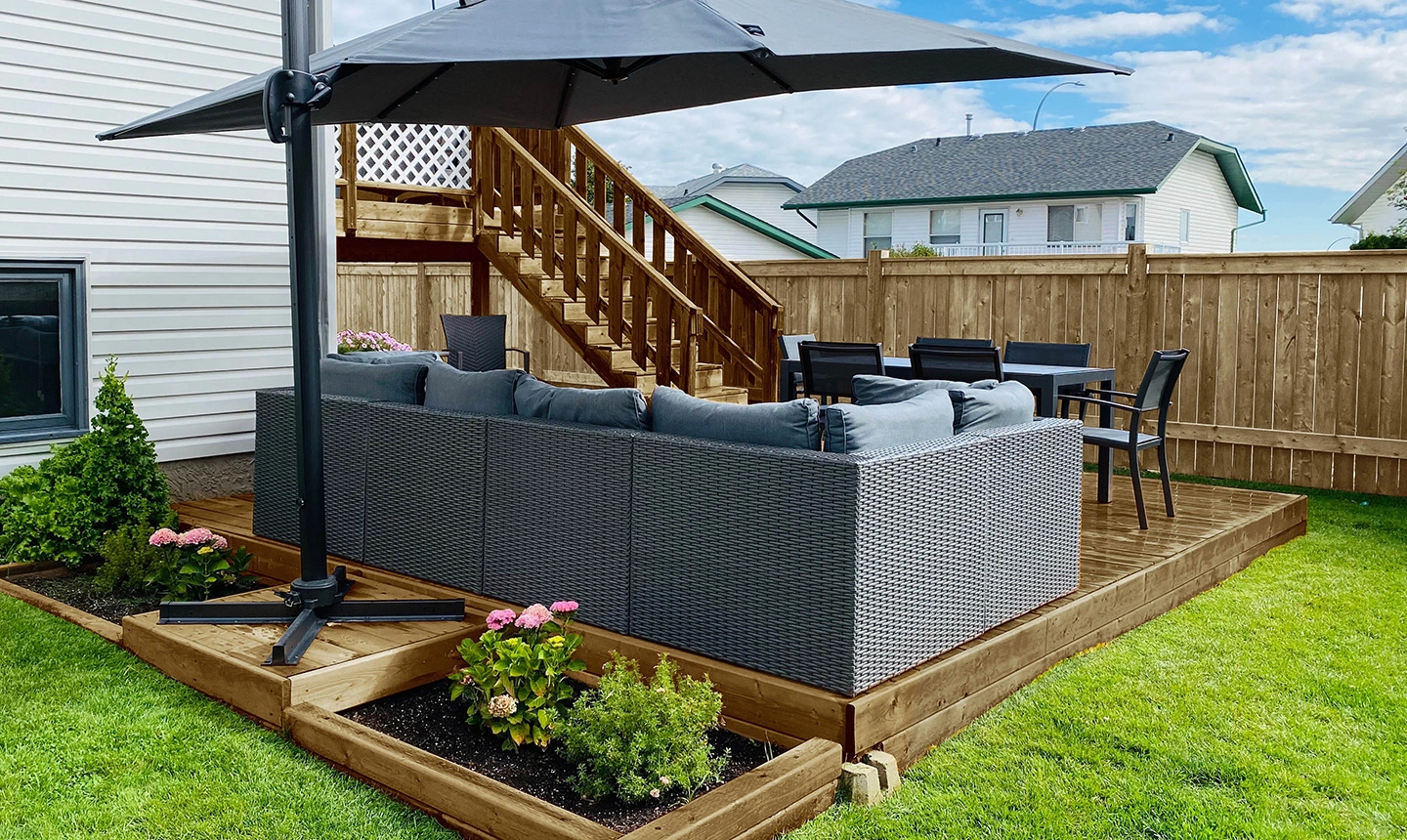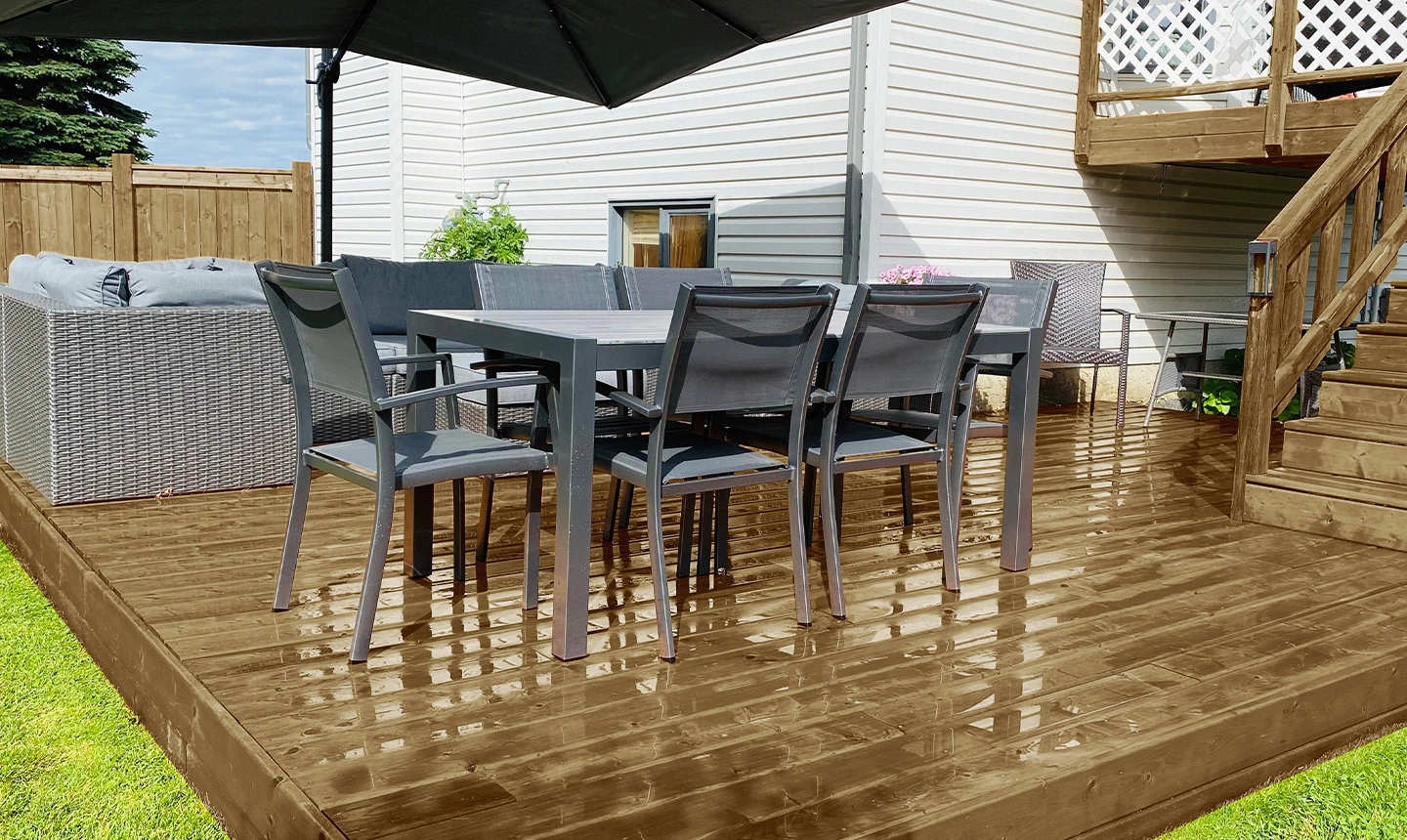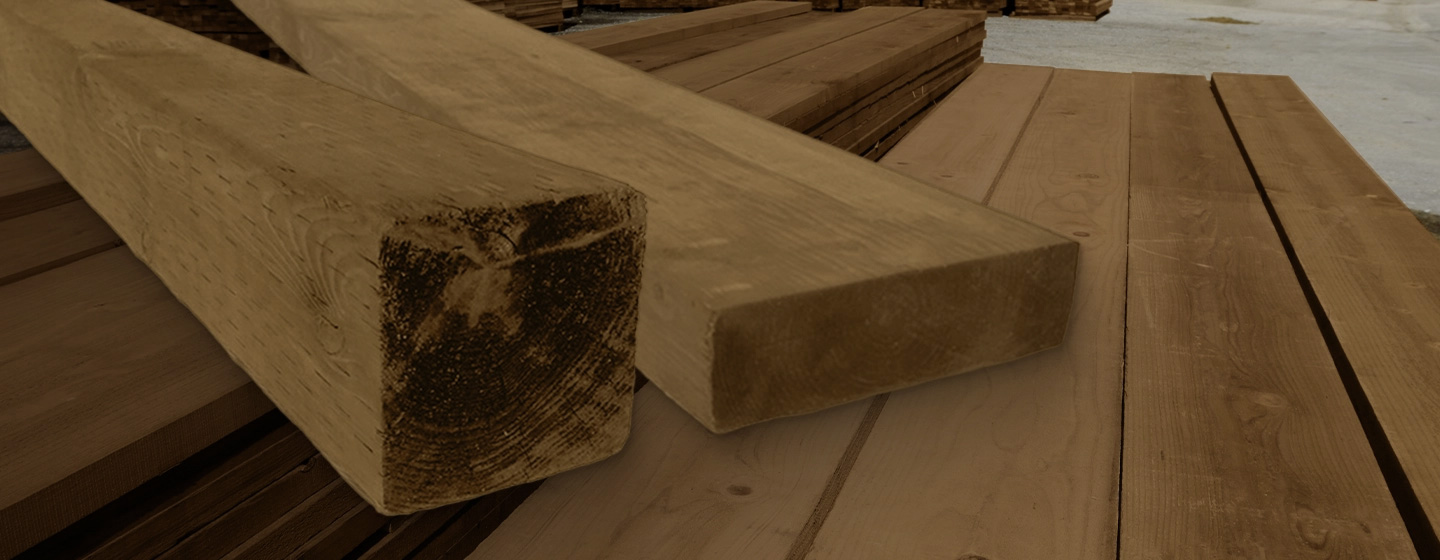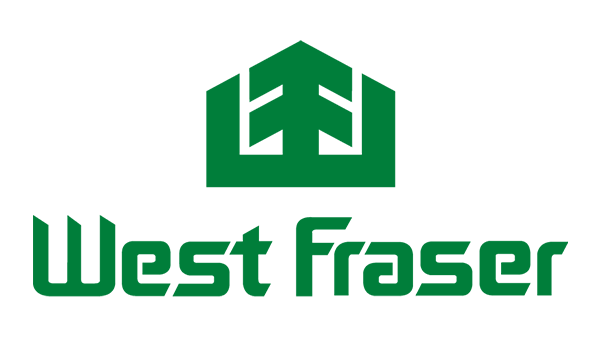

HiLine Treated wood gets its warm natural brown tone from the treating process, this process enhances its grain and natural characteristics.
Residential Use and Homeowner Projects
- Decks, Porches, Arbors, Gazebos, Pergolas, Fences, Walkway, Retaining Walls, Planter Boxes, Outdoor Furniture and Play Sets
Commercial Project Use
- Sill Plates, Furring Strips, Shakes and Shingles
- Pilings, Piers, Boardwalks and Bridges
- Structural Columns, Posts and Building Poles
Agricultural Use
- Tomato Stakes, Grapevine Stakes and Livestock Fencing
- Post Frame Structures, Pole Barns, Stables and Corrals
A premium product, HiLine Treated wood is backed by more than 15-years of experience and quality production from both our Cochrane and Sundre Mills located in Alberta, Canada.
The West Fraser Difference
- Our treated wood is almost entirely supplied by our on-site sawmills.
- Proprietary radius edge and grade on all our 2×4 & 2×6
- More consistent lumber
- On-site production means less diesel fuel burned to transport the raw lumber and means less lumber wrap wasted

Nails, Fasteners and Connectors
For the best results, the use of building-code approved, corrosion-resistant fasteners and connectors is always recommended for all exterior wood projects. Direct contact of Preserve treated wood with aluminum products is not recommended. Hot-dipped galvanized fasteners (meeting ASTM A 153) and connectors (meeting ASTM A653 G90 (0.90 oz./ft2)), or better, are recommended. For corrosive environments, stainless steel fasteners are recommended.
Click here for more Fastener and Hardware Information.
Use
HiLine Treated wood can be used in residential applications (decks, fences, freshwater docks and landscaping) above ground, in ground contact and in freshwater contact.
Installation and Maintenance
All cuts and holes must be liberally brush coated with an end cut preservative before wood is installed.
Handling
- Wear gloves to protect against splinters.
- Wear a dust mask when machining any wood to reduce the inhalation of wood dusts. Avoid frequent or prolonged inhalation of sawdust from treated wood. Machining operations should be performed outdoors whenever possible to avoid indoor accumulations of airborne sawdust.
- Wear appropriate eye protection to reduce the potential for eye injury from wood particles and flying debris during machining.
- Wash exposed areas thoroughly with mild soap and water after working with treated wood. If preservative or sawdust accumulates on clothes, launder before reuse. Wash work clothes separately from other household clothing.

